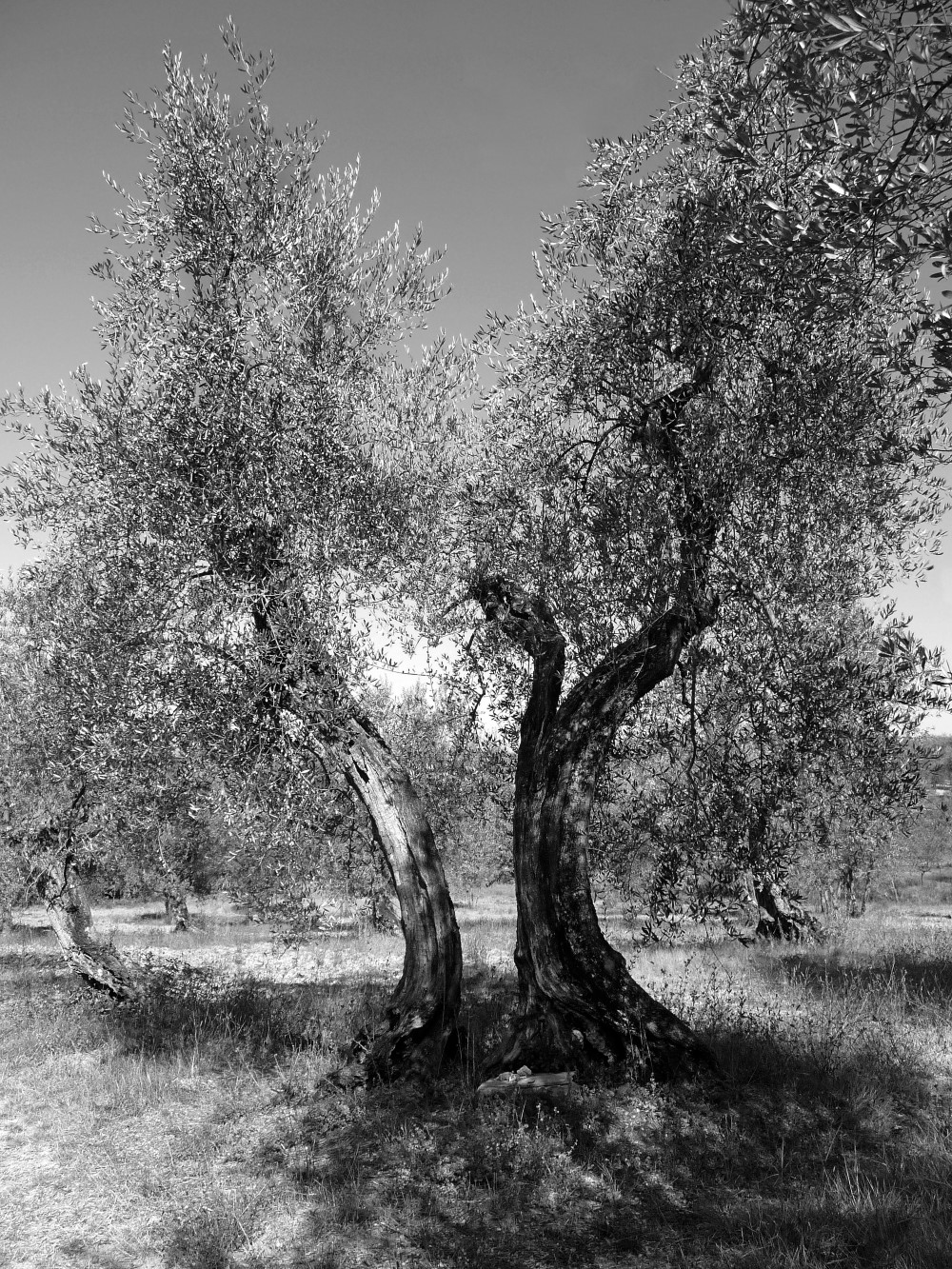A stone staircase reaches the front of the church with a simple façade embellished with two terracotta tiles, by the sculptor Nello Bini, which were affixed there in 1982. Above the door is a recess with an enameled majolica bas-relief depicting the ‘Cristo in Pietà’ (The Pitiful Christ), the work commissioned in the years between the wars by the then parish priest Don Alfonso Petrioli, it is a reproduction of a Robbiana, the original of which is kept at the Monte di Pietà in Florence.
The sacred building is flanked by rectory and the ancient cemetery hidden by a high wall and a wrought iron gate. At the back is the crenellated tower built in 1897. In the past there was a simple belfry and then, at the beginning of the nineteenth century, a cuspidate bell tower plastered in white was built, which turned out to be narrow and dangerous so, at the end of the century, it was rebuilt by the engineer Pruneti.
The church dates from the thirteenth century, but it is likely that an earlier structure also existed around the year 1000. The oldest records date back to 1286 when the priest Buono was rector. Originally it was a patronage of the Cappiardi family, who in 1314, donated the rights of the church to the Peruzzi, whose coat of arms is still on the front and inside of the church.
The current appearance comes from the radical restoration carried out in 1758 by the pastor Gabbuggiani. On that occasion the stucco decorations were carried out, together with frescoes on the walls and the main altar, a small eighteenth-century jewel polychrome marble.
In 1763, renovations completed, it was consecrated and elevated to a priory. Inside are numerous works of art perfectly preserved. On the main altar is a crucifix of the Giotto school dating from around 1330, and restored in 1988. On either side of this are two great frescoes surmounted by the crest of the Gabbuggiani, one representing the healing of the blind man and the other the Last Supper by an unknown painter from the eighteenth century. On the right altar is a Madonna with Child and San Giovannino di Domenico Puligo (1520 approx.), while on that to the left is a painting attributed to Francesco Curradi representing San Antonio Abate with San Sebastian, San Filippo and San Zanobi. In the sacristy is a painting of the martyrdom of San Quirico and Giuditta, also attributed to Curradi (1570-1661) and a wooden crucifix from the Villa L’Apparita di Sopra. In the church is also an organ from the eighteenth century, a fourteenth-century Madonna and a relic from the sixteenth century. The baptismal fountain dates from 1958.
Since 1977, the archive and the furnishings of the parish of San Lorenzo a Montisoni were transferred here, which included works of great value.







